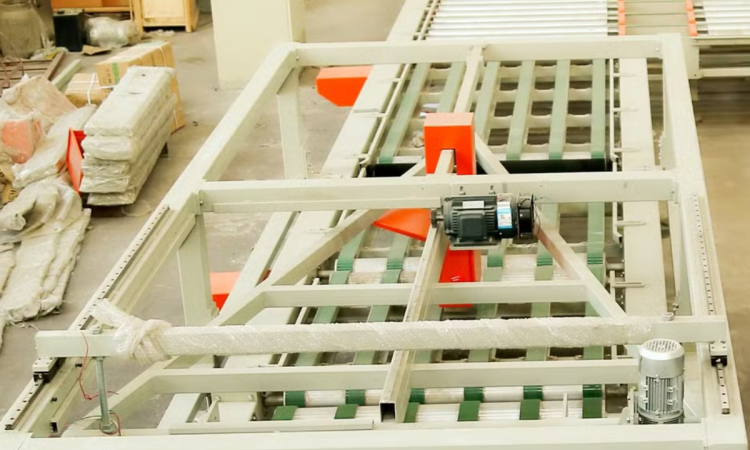
In the dynamic realm of modern construction, the magnesium oxide board stands apart as a groundbreaking material redefining performance and sustainability. Combining outstanding fire resistance, structural strength, and eco-conscious manufacturing, the magnesium oxide board is rapidly gaining recognition among architects, builders, and green design advocates.
What Exactly Is a Magnesium Oxide Board?
A magnesium oxide board (often abbreviated as MgO board) is a panel constructed from magnesium oxide, typically combined with reinforcing fibers and various inorganic additives. What sets it apart is its mineral-based composition, free of harmful chemicals, heavy metals, or VOCs. This inorganic formulation contributes to its inherent fire resistance, moisture resilience, and green profile.
Fire Safety Like Never Before
One of the most compelling features of the magnesium oxide board is its exceptional fire performance. It is classified as non-combustible, meaning it does not ignite or contribute to flame spread under fire exposure. Unlike traditional gypsum or OSB, the magnesium oxide board emits no smoke or toxic fumes when subjected to extreme heat, making it ideal for fire-rated walls, ceilings, and other critical assemblies in residential, commercial, and industrial projects.
Strength and Durability That Outlasts
Thanks to its construction with high-tensile mesh or fibers, the magnesium oxide board delivers impressive bending strength and impact resistance. It stands up better to daily wear, dents, and abrasion compared to conventional drywall. This robustness ensures longer lifespans for building assemblies and can significantly reduce long-term maintenance costs.
Built to Withstand Moisture and Mold
One of the biggest drawbacks with ordinary sheathing materials is their susceptibility to moisture damage, warping, and mold growth. In contrast, the magnesium oxide board is inherently moisture-resistant and dimensionally stable—even in high-humidity or fluctuating moisture environments, it resists swelling and delamination. Its inorganic nature also inhibits mold, mildew, and bacterial growth, promoting healthier interior environments.
Outstanding Thermal and Acoustic Performance
When used in conjunction with appropriate insulation systems, the magnesium oxide board enhances a building’s thermal envelope—helping to maintain comfortable indoor climates and reduce energy usage. It also contributes to sound attenuation, improving acoustic separation between rooms or floors for a quieter, more comfortable environment.
Lean and Green Manufacturing
Sustainability is at the heart of the magnesium oxide board’s appeal. Its production uses less energy compared to cement and gypsum boards, and it does not emit greenhouse gases or hazardous particulates. Free of formaldehyde, silica, and other harmful substances, many MgO boards are also recyclable or compostable. In certain cases, the curing process even absorbs small amounts of CO₂, further boosting its eco-credentials.
Multipurpose and Easy to Use
Versatile in application, the magnesium oxide board is used for sheathing, subfloors, ceilings, partitions, exterior cladding, and more. It can be cut, drilled, shaped, and installed with standard carpentry tools. It accepts screws, nails, adhesives, and surface finishes easily, allowing for seamless integration into conventional workflows without specialized equipment.
The magnesium oxide board is not just another building material—it’s a revolution in how we approach construction performance, safety, and sustainability. With fire safety, structural durability, moisture resilience, and an eco-friendly footprint, it offers a superior alternative to traditional materials like drywall, plywood, and cement boards. As construction moves toward greener and more resilient futures, the magnesium oxide board is poised to play a leading role in shaping that transformation.
